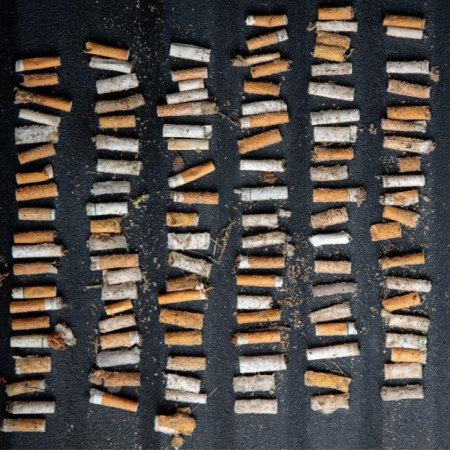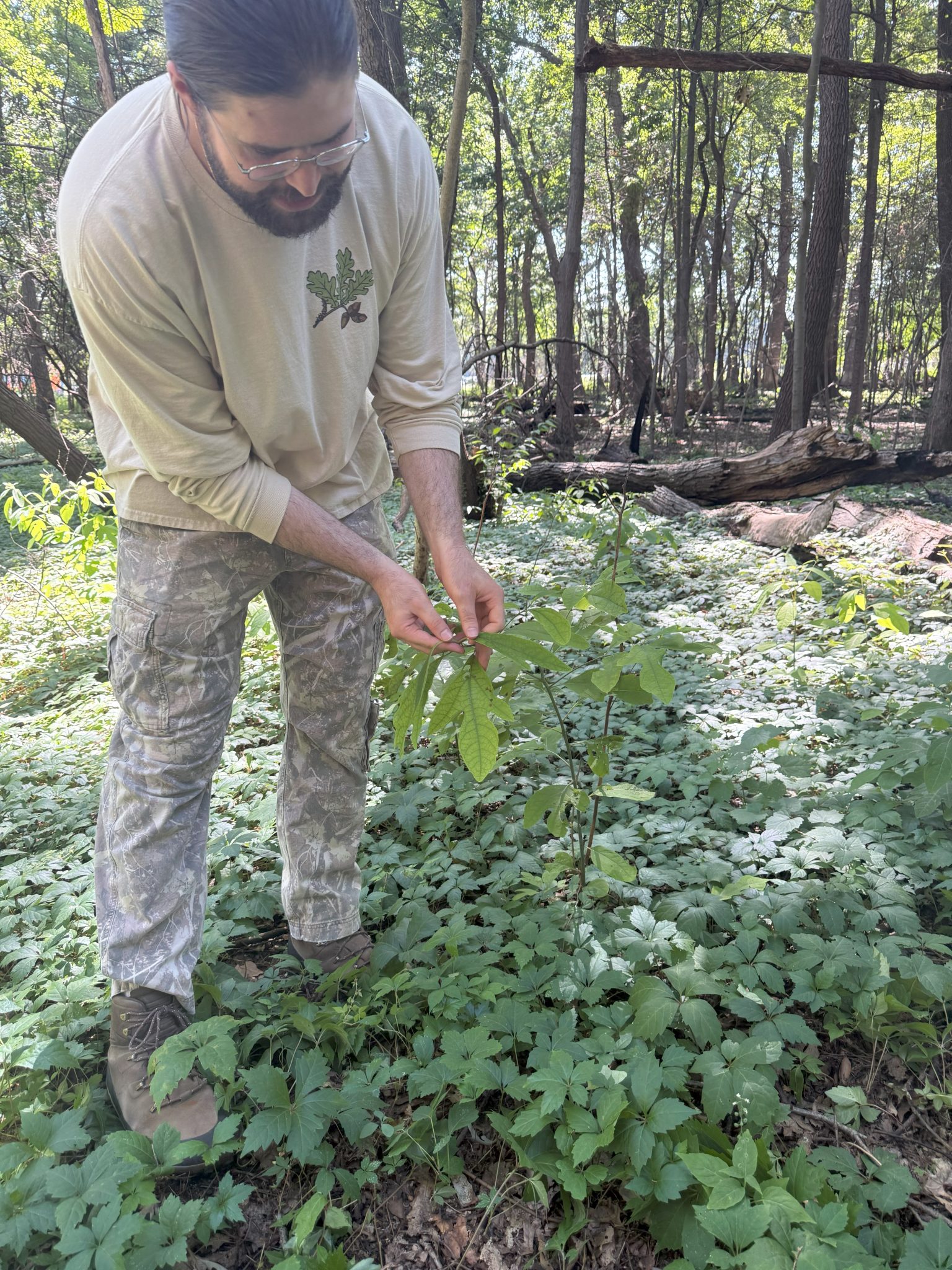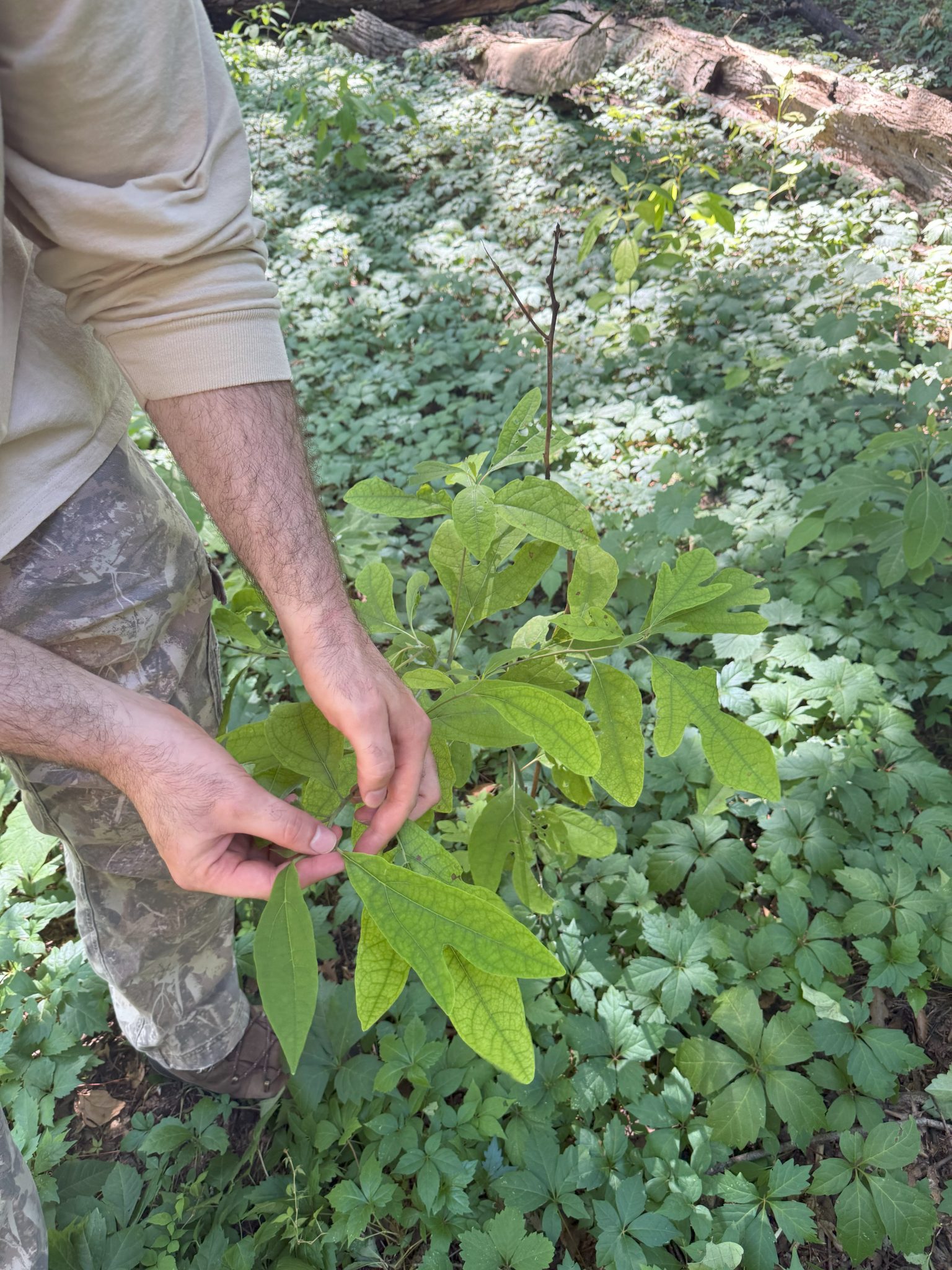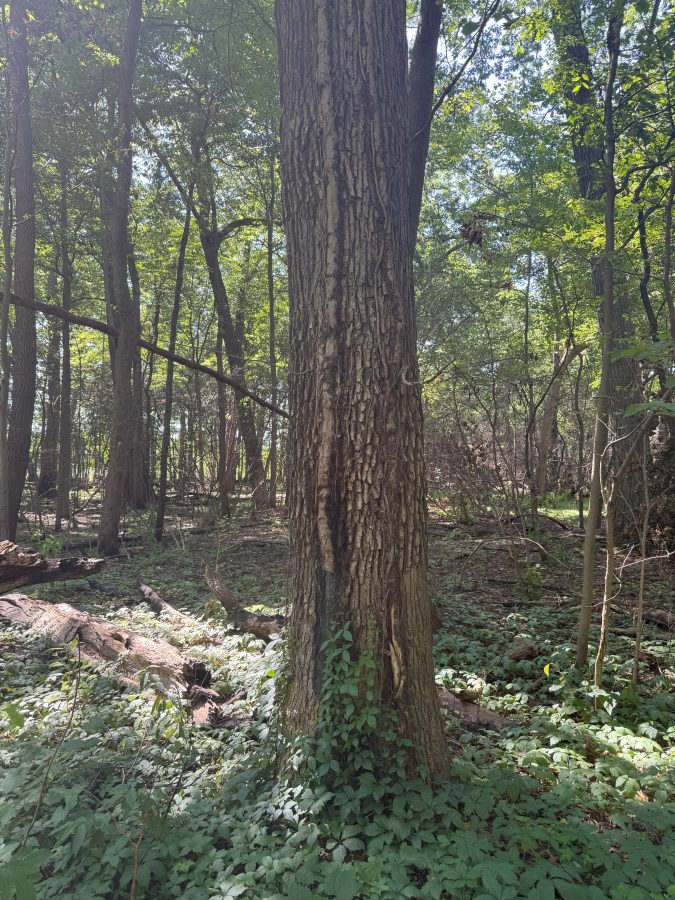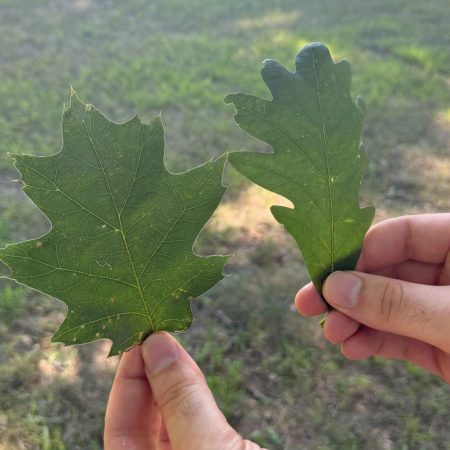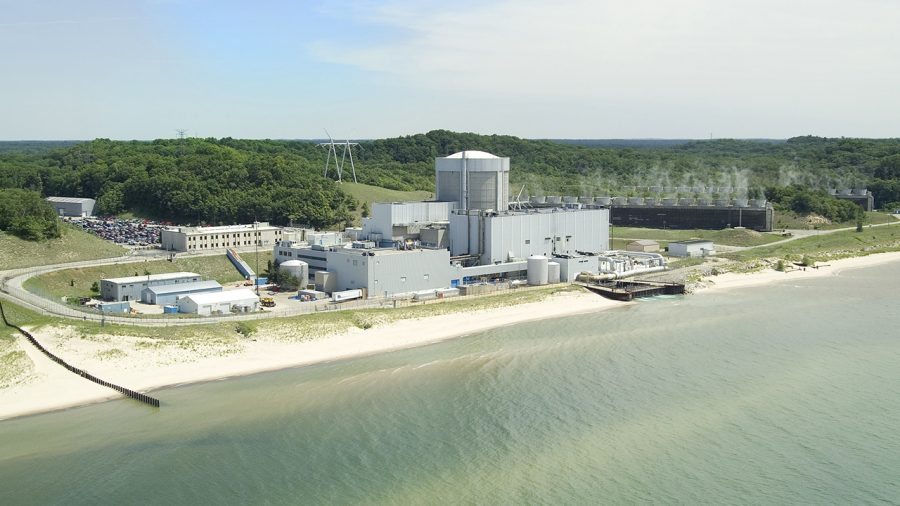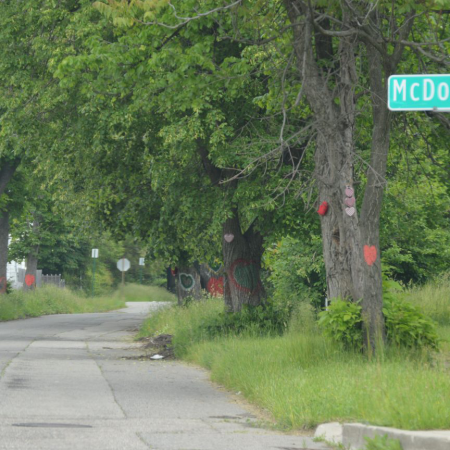Trump administration cuts nearly $8B in clean energy projects in blue states
By MICHAEL PHILLIS and MATTHEW DALY, Associated Press
WASHINGTON (AP) — The Trump administration is cancelling $7.6 billion in grants that supported hundreds of clean energy projects in 16 states, all of which voted for Democrat Kamala Harris in last year’s presidential election.
The cuts were announced in a social media post late Wednesday by Russell Vought, the White House budget director: “Nearly $8 billion in Green New Scam funding to fuel the Left’s climate agenda is being cancelled.”
The move comes as President Donald Trump threatens cuts and firings in his fight with congressional Democrats over the federal government shutdown.
These cuts are likely to affect battery plants, hydrogen technology projects, upgrades to the electric grid and carbon-capture efforts, among many others, according to the environmental nonprofit Natural Resources Defense Council.
The Energy Department said in a statement Thursday that 223 projects were terminated after a review determined they did not adequately advance the nation’s energy needs or were not economically viable. Officials did not provide details about which projects are being cut, but said funding came from the Office of Clean Energy Demonstrations, Office of Energy Efficiency and Renewable Energy, and other DOE bureaus.
The cuts include $1.2 billion for California’s hydrogen hub that is aimed at accelerating hydrogen technology and production, according to Gov. Gavin Newsom’s office. The private sector has committed $10 billion for the hydrogen hub, Newsom’s office said, adding that canceling the Alliance for Renewable Clean Hydrogen Energy Systems threatens over 200,000 jobs.
“Clean hydrogen deserves to be part of California’s energy future — creating hundreds of thousands of new jobs and saving billions in health costs,” the Democratic governor said.
California Democratic Sen. Alex Padilla called cancelation of the project “vindictive, shortsighted and proof this administration is not serious about American energy dominance.”
The DOE said it has reviewed billions of dollars awarded by the Biden administration after Trump won the presidential election last November. More than a quarter of the rescinded grants were awarded between Election Day and Inauguration Day, the department said. The awards totaled more than $3.1 billion.
“President Trump promised to protect taxpayer dollars and expand America’s supply of affordable, reliable, and secure energy. Today’s cancellations deliver on that commitment,” Energy Secretary Chris Wright said.
The Trump administration has broadly targeted climate programs and clean energy, and is proposing to roll back vehicle emission and other greenhouse gas rules it says can’t be justified. The Environmental Protection Agency has proposed overturning a 2009 finding that climate change threatens public health. Many climate scientists have criticized the EPA effort as biased and misleading.
Democrats and environmental organizations were quick to slam the latest cuts, saying they would raise energy costs.
“This is yet another blow by the Trump administration against innovative technology, jobs and the clean energy needed to meet skyrocketing demand,” said Jackie Wong, a senior vice president at NRDC.
Vought said the projects being cut are in California, Colorado, Connecticut, Delaware, Hawaii, Illinois, Maryland, Massachusetts, Minnesota, New Hampshire, New Jersey, New Mexico, New York, Oregon, Vermont and Washington state.
The Associated Press receives support from the Walton Family Foundation for coverage of water and environmental policy. The AP is solely responsible for all content. For all of AP’s environmental coverage, visit https://apnews.com/hub/climate-and-environment










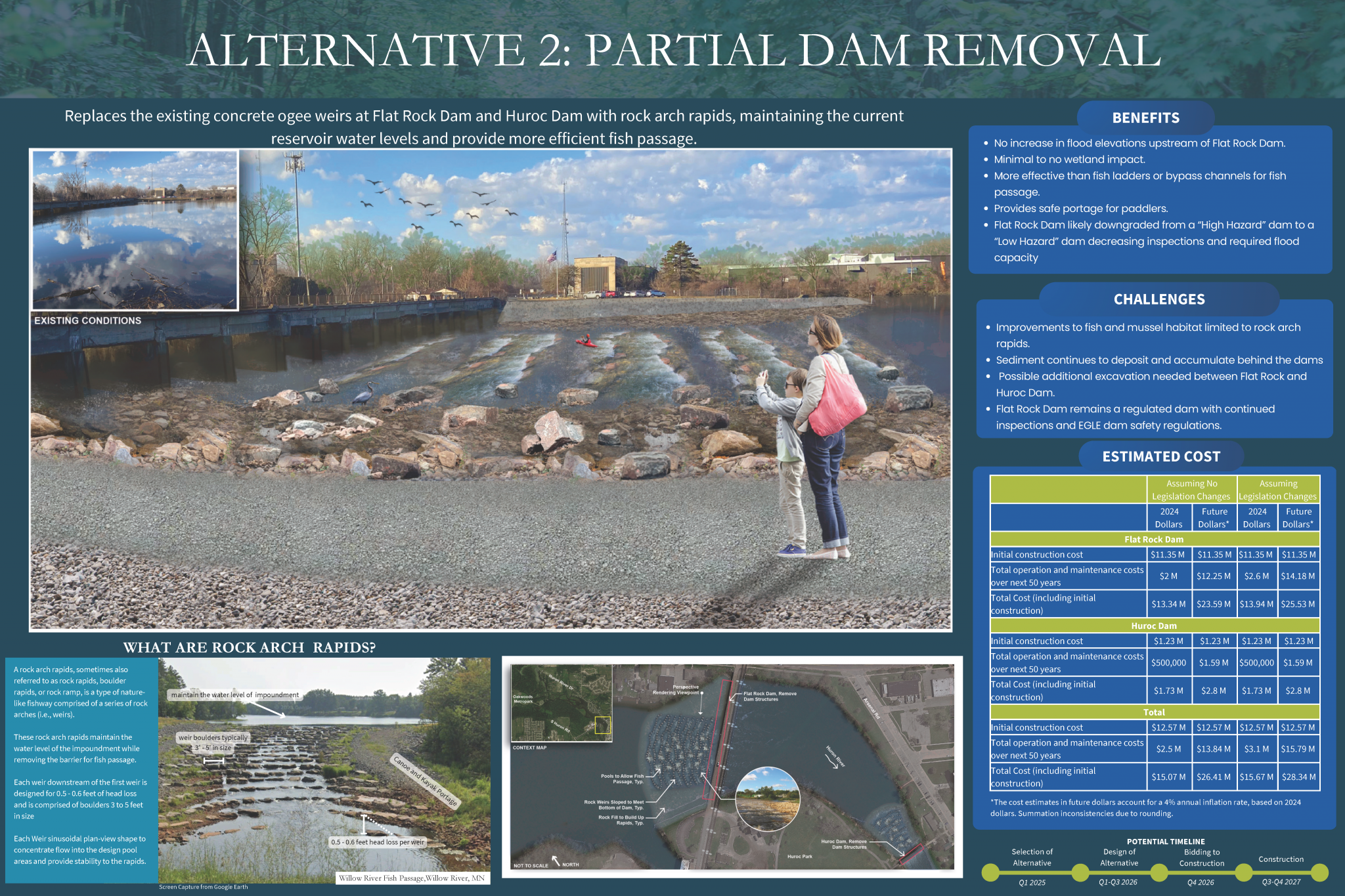



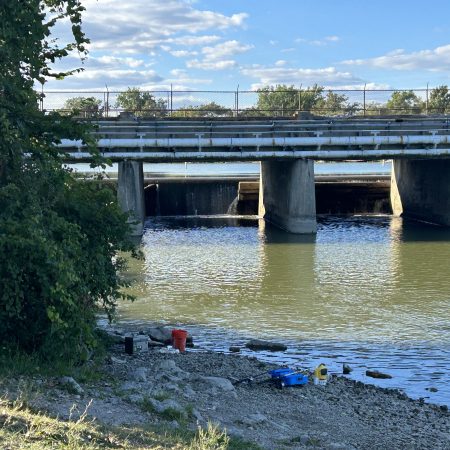








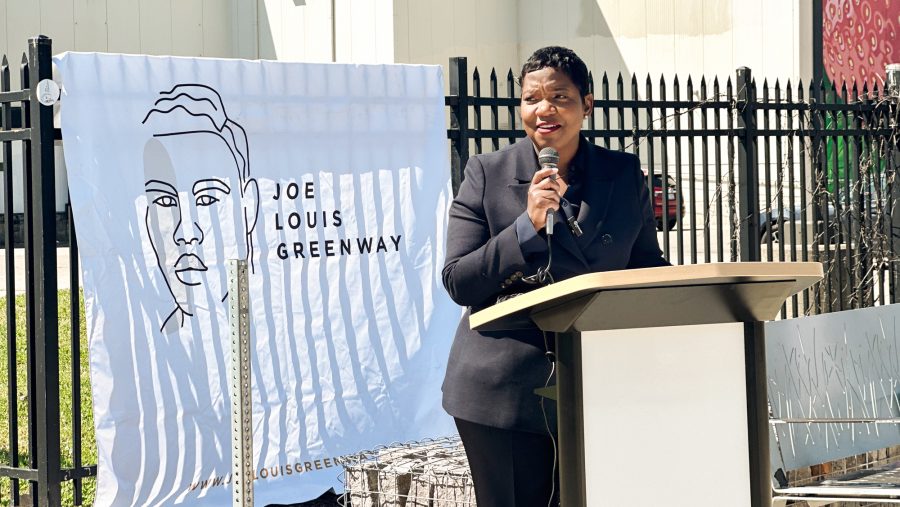

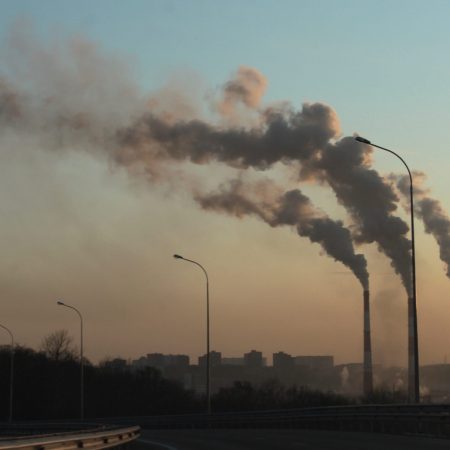

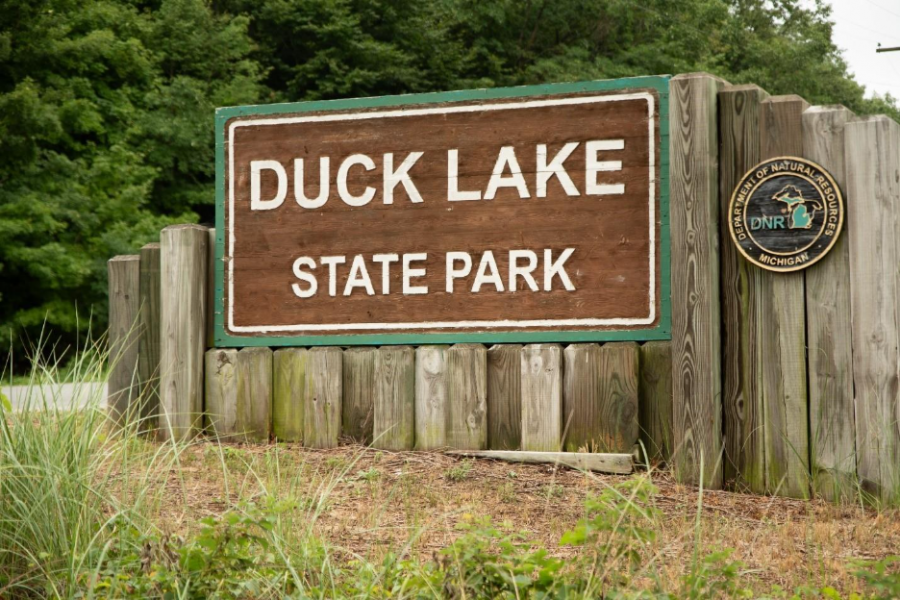
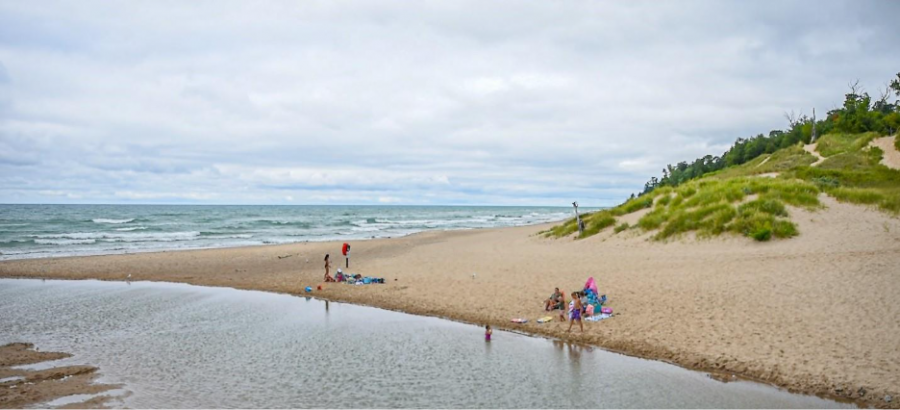
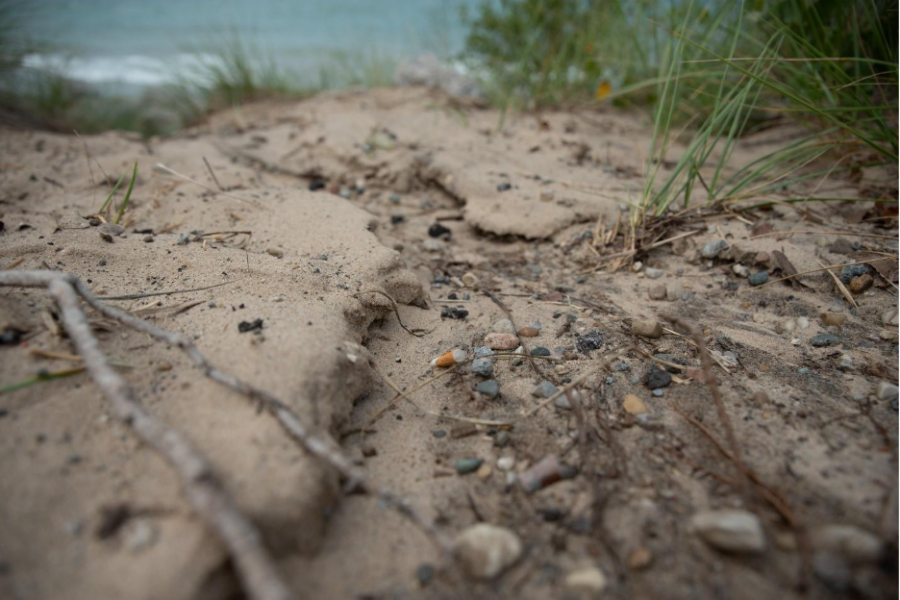

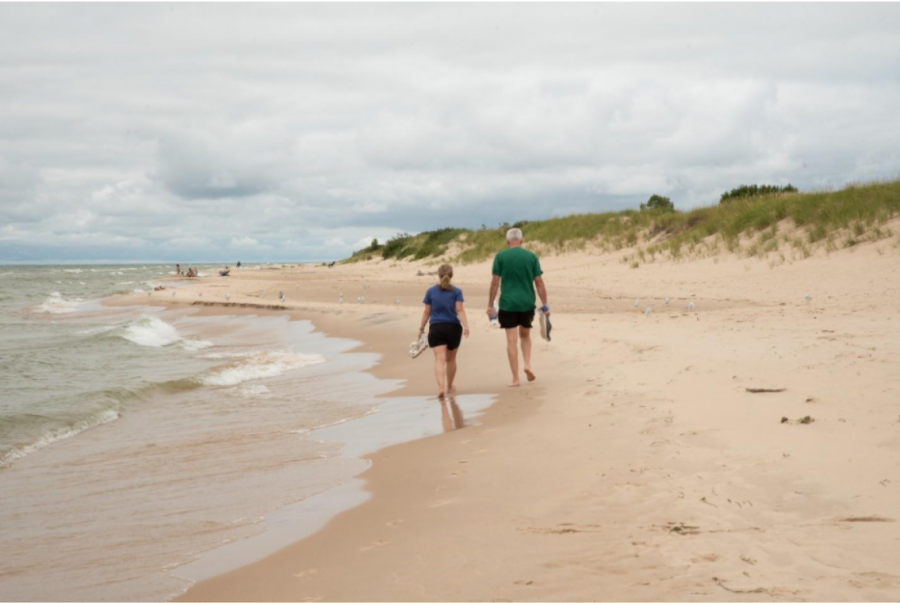 A couple strolls the beach near the main swimming area at Ludington State Park.
A couple strolls the beach near the main swimming area at Ludington State Park.